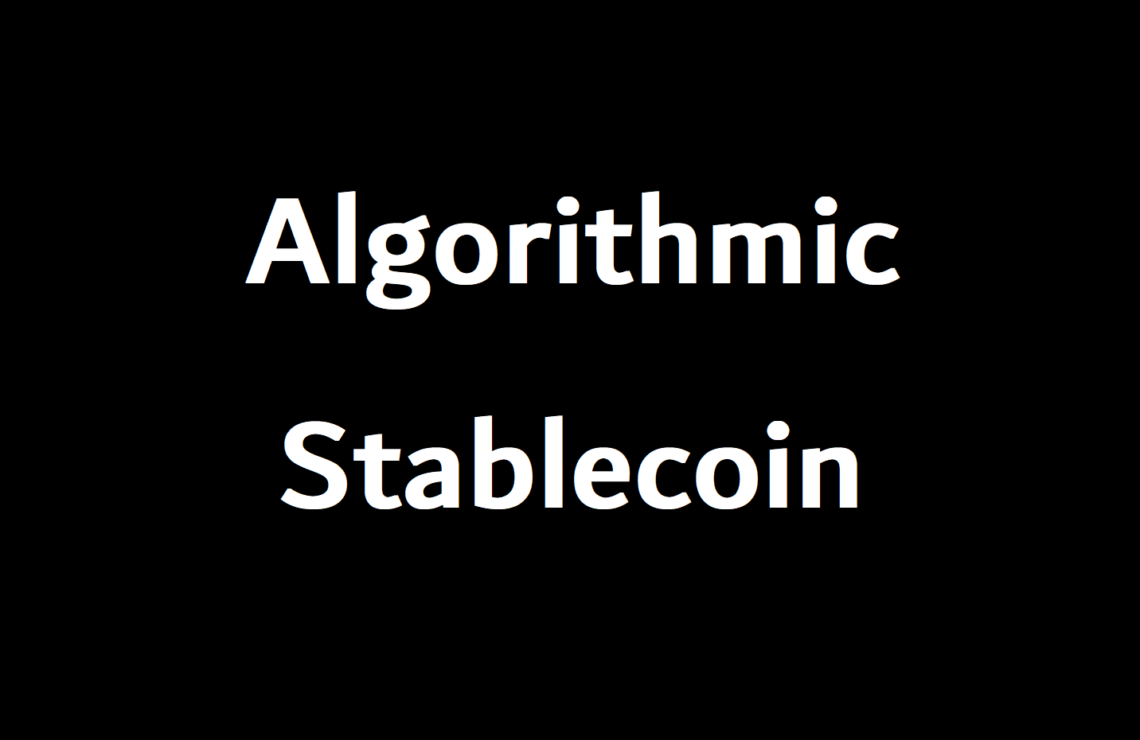With more popularity has also come criticism in the way for “algorithmic stablecoins.”
Algorithmic stablecoins are being considered a new form of digital assets that seek to mirror the stability of the dollar. Algorithmic stablecoins are often attached to traditional stable coins. The criticism around it is that they are going to be a disaster. These crypto-assets use price stabilization algorithms to store the value of assets usually at $1. The rise in the value of assets results in an increase in supply and vice versa.
Algorithmic stablecoins: Supporters Vs. Critics
The main argument in support of algorithmic stablecoins is that they are superior to traditional stablecoins in the sense that no single centralized body is responsible for its administration but they are operated with the help of a blockchain-based network that depends on traders around the world to link them to dollars.
This governance architecture makes it further hard for the regulatory bodies of the government to supervise algorithmic stablecoins, making them more popular among crypto groups. This led to U.S-based regulators tightening their grip over stablecoins, particularly asset-backed coins.
Meanwhile, the critics of the crypto assets argue that contrary to traditional stablecoins, which are pegged to dollars, no asset supports algorithmic stablecoins. But they have to rely on financial engineering for connecting their value to the dollar, leading to more uncertainty instability and transferring them to a state of constant vulnerability.
Unlike many uncollateralized crypto assets that are pegged by an established asset, mostly the dollar. Traders expect the coins to hold value in the future which is why stablecoins maintain their value. In addition, stable coins need a certain level of demand to stay afloat, otherwise, the system can close down with the decrease of demand beyond a certain threshold.
Moreover, algorithmic stablecoin relies on certain individuals within the blockchain who only think about their interests.
Amidst these concerns around algorithmic stablecoin, some in the crypto community still believe in the immense potential of algorithmic stablecoins. Sam Kazemian who owns an algorithmic stablecoin that is partially backed by cryptocurrencies dubbed Frax has said that they are getting better at maintaining their connection with the dollar with each passing day and hold the power to overtake traditional stablecoin.
ALSO READ: New HM Treasury Regulations And What They Mean For Crypto Investors In the U.K.

Nancy J. Allen is a crypto enthusiast, with a major in macroeconomics and minor in business statistics. She believes that cryptocurrencies inspire people to be their own banks, and step aside from traditional monetary exchange systems. She is also intrigued by blockchain technology and its functioning. She frequently researches, and posts content on the top altcoins, their theoretical working principles and technical price predictions.


 Home
Home News
News










